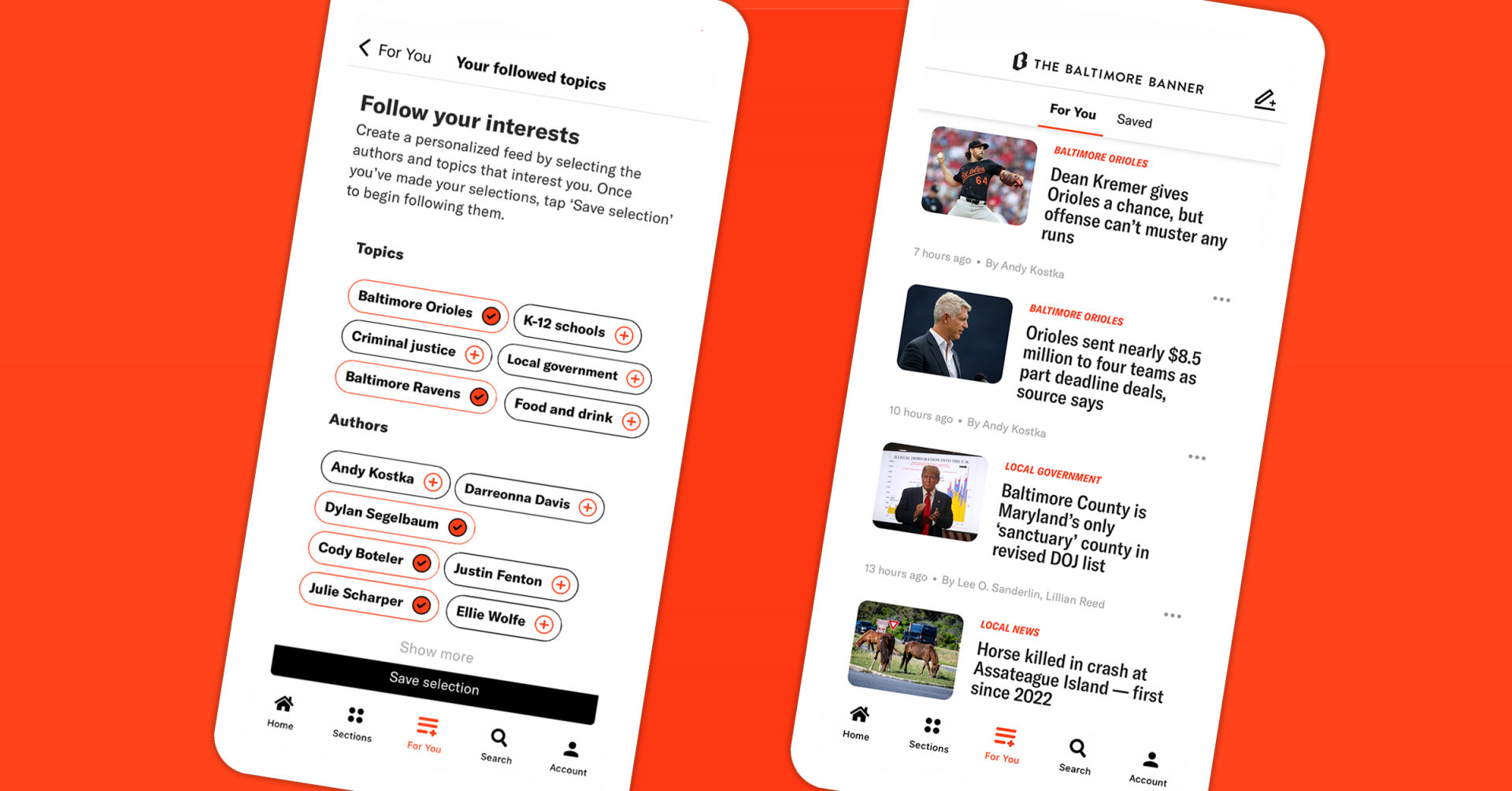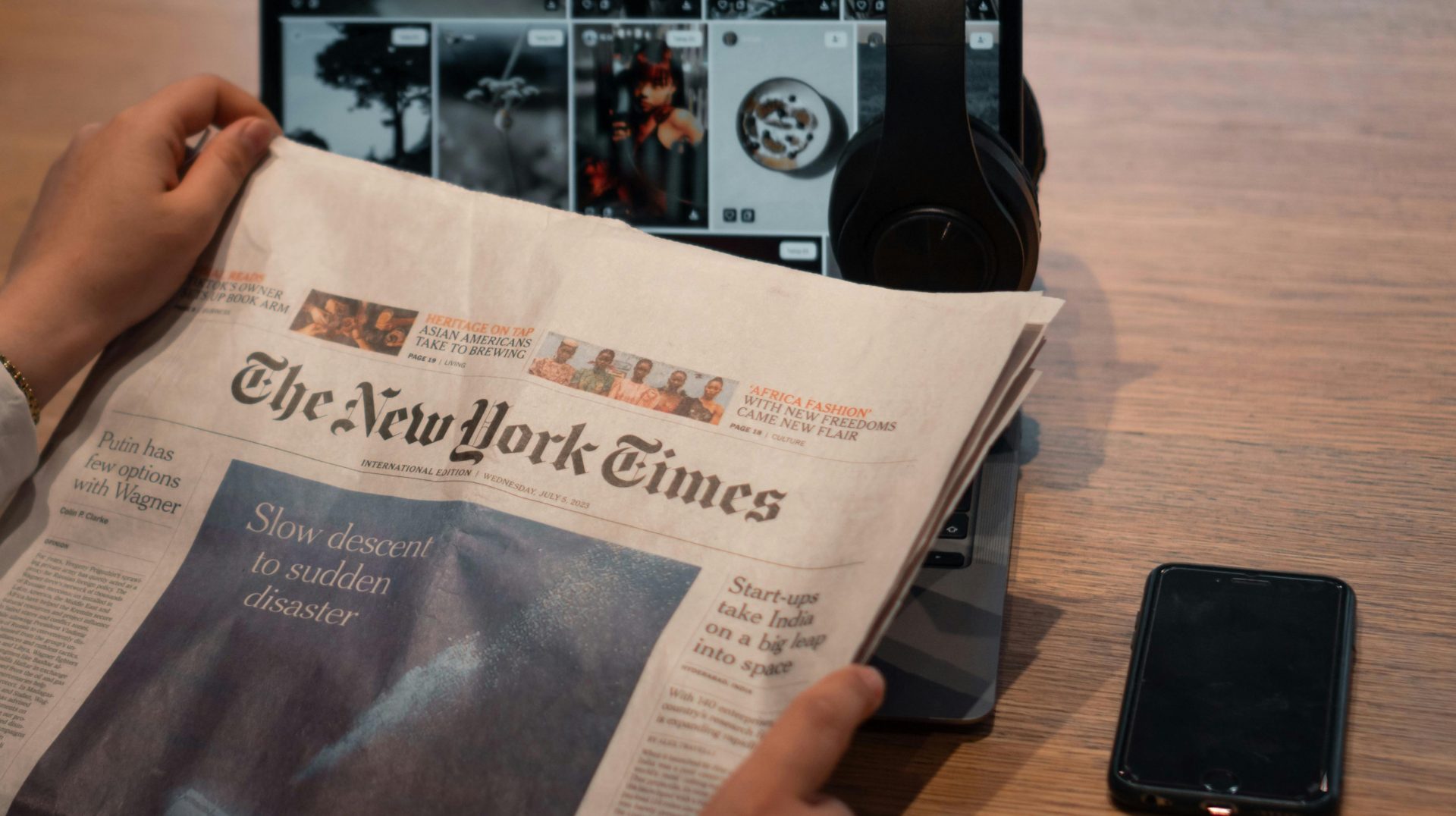
Newsletter
Newsletter
For publishers, AI poses a risk but also an opportunity.
23rd August 2024

For our recent State of the Mobile Publishing Market Report we spoke to several leaders in publishing about the future of mobile. In these conversations we detected an increased willingness to focus on a wider range of products which were directly tailored to the needs of their audience. Reader revenue remained the priority focus for growth over the next 12 months with publishers looking to newer, more enticing formats, to drive engagement.
The future of publishers’ apps will focus on a much richer content experience with newer formats often taking the form of podcasts, audio, video, puzzles or other non-text based mediums. Moreover, the publishers we spoke to pointed towards personalisation as a key area of interest. The steady advance of AI will provide opportunities to deliver this at scale, but publishers will need to move away from focusing on driving traffic and instead, look to build engagement with a smaller audience.
Google’s introduction of generative AI in search earlier this year highlighted the risk that AI poses to news sites in terms of traffic. If the user can obtain the information they are looking for within search, it’s likely they’ll feel less compelled to visit publishers’ sites. Adweek has forecast that Google’s generative AI could cost publishers up to $2bn annually in lost traffic and ad impressions. To continue to draw audiences, media brands will need to establish themselves as more than a service that provides answers to questions.
Interestingly, many of the publishers we spoke to saw the opportunity, as well as the threat, in AI. It was one of the tech innovations they were most focused on for the next year, second only to personalisation. As Douglas McCabe, CEO at subscription research company Enders Analysis, noted in a recent article for InPublishing, the boom in subscriptions that was driven by the Covid pandemic came to an end over six months ago and publishers are now looking for what comes next. AI will play a large role in that.
For McCabe, whilst AI, and in particular Large Language Models (LLMs), poses a particular threat to journalism it will “not replace journalists, but journalists with AI capabilities will become more valuable”. McCabe makes the argument that many publishers are in an “unhappy place” as they’re constantly being “swept around by the blustery algorithmic winds of search and social”. Ultimately, the current situation leaves publishers at the mercy of third parties sending traffic through to their sites. Whilst AI will not result in more traffic, it will increase the availability of tools that news organisations can leverage to build more sustainable and diverse revenue streams.
In the article, McCabe comments that whereas the offline media landscape used to reward “generalists” – publications that were able to focus on many areas to attract as large a paying audience as possible – the nature of the internet turned that on its head. Now, companies that do “one thing extremely well” are better positioned to thrive online. He also drew the distinction between established news brands that have managed to move their digital product online, such as The Economist and the FT, and native online players such as Politico, The Athletic and Tortoise. McCabe points out that native players have tended to focus on a narrow range of topic areas and whilst it has been possible for the likes of The Economist to build a sustainable business online, this has been by focusing on the services that “that would be recognised by audiences in 1995”. Indeed, it is hard to think of many native internet news brands that have delivered general content and been able to survive the many downturns in the advertising market.
The internet has enabled consumers to browse quickly and efficiently across multiple platforms in a way that was not possible in the print age, where they expected a single publication to provide information across topic areas. Now, generic news and content is predominantly offered for free across a much wider range of non-news sites and social media platforms. Moreover, for a publisher to attract a paying audience, they are no longer competing only with other media brands, but a plethora of services competing for attention, from video streaming services, to social platforms, to audio providers. To succeed increasingly means finding a niche and serving it effectively.
Building a niche brand into something profitable is a tricky task. Whilst McCabe listed several examples that have thrived, there are many more that have failed or struggled to reach beyond their immediate audience. To be successful requires finding a way to either scale audiences with a niche interest through building a broad product range, or leaning into the specialism to deliver products at a higher value and price point.
When it comes to scaling news audiences, The New York Times is a great example. Their approach has been to rebundle content packages that were unbundled earlier in the online age. Their separate packages of news, games, cooking, audio, Wirecutter and The Athletic are all distinct in their offering and have a dedicated audience. By rebundling, the NYT has been able to deliver a product that appeals to as wide a range of people as possible.
Hearst’s Elle Magazine has taken a different approach. Last year we used this newsletter to discuss their fashion and beauty membership programme, Elle Collective. At a cost of £149 a year, the Collective includes access to an Elle subscription as well as a weekly newsletter, member-only content, offers and events. The aim of the offering is to build a closer relationship with the audience and give them access to the offers and events that the fashion magazine’s staff enjoy.
Even larger publishers who have traditionally appealed to a general audience are looking towards new formats to build specialised engagement around topics, similar to The New York Times. The Economist, for example, has leaned into engaging formats and created a suite of podcasts to serve particular interests, whereas both BBC and The Guardian have introduced dedicated sections within their general news apps which allow the user to select only the content they’re interested in by following specific topics, authors or content verticals.
Whilst there is an increasing threat from AI, it’s primarily a risk for publishers that rely on a mass-traffic driven advertising model. The solution is not to view AI as only a threat, but as an opportunity to be leant into to help find new ways to produce innovative content and features. Whilst the traffic issue cannot be ignored, for McCabe at least, it is an amplification of the simple problem that a one-size-fits-all approach cannot work for a publisher in the internet age. One way to address this is to consider focusing on specific areas of interest and hyper specialised audiences. They can then be monetised by either bundling together different specialisms into a single product or by delivering a more personalised experience. AI will have a large future impact on the publishing industry but in terms of helping to deliver these experiences, it should prove to be a vital tool.
Here are some of the most important headlines about the business of news and publishing as well as strategies and tactics in product management, analytics and audience engagement.

Newsletter

Newsletter

Newsletter

Newsletter

Newsletter